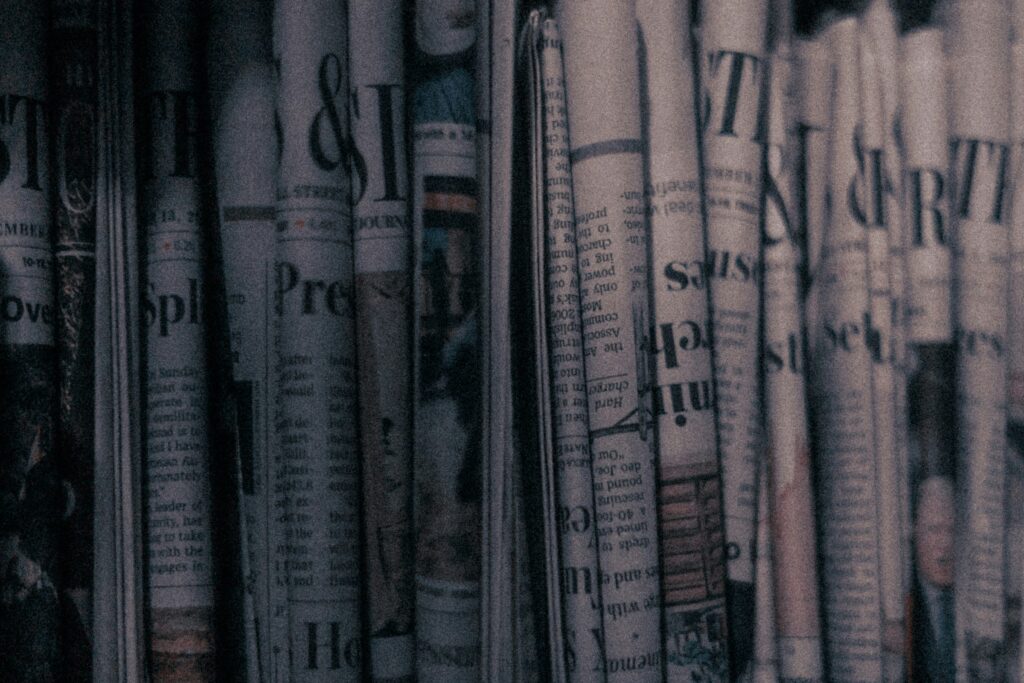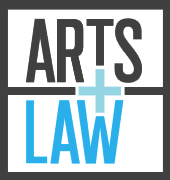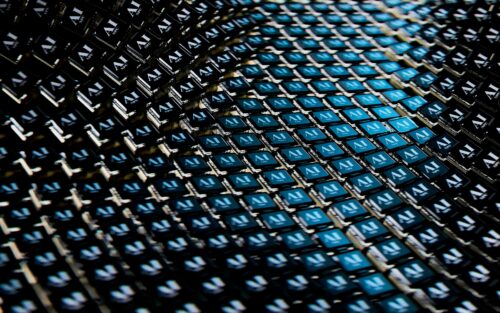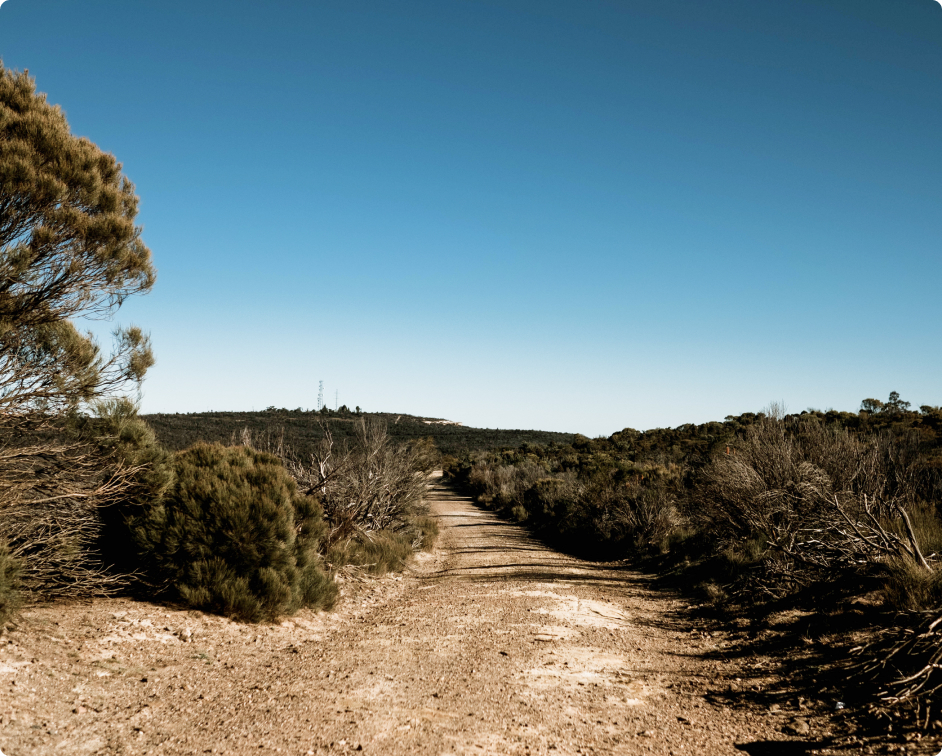Breaking News: Nazi Looted Painting Returned To Rightful Heirs

By Megan Schwartz
The painting is Giuseppe Ghislandi’s (1655-1743) Portrait of a Lady, depicting Contessa Colleoni and formerly listed on the Dutch Lost Art website. Originally owned by Jacques Goudstikker, a revered Jewish Dutch art dealer with a renowned collection, the painting was missing for 80 years. The painting resurfaced in Mara del Plata, a coastal town near Buenos Aires, in a home owned by Patricia Kadgien and her husband. How did Goudstikker’s painting get into the hands of Kadgien?
Over the years of Nazi occupation, confiscation of Jewish property was achieved through a number of methods, including hundreds of decrees and regulations that segregated Jewish people from the population, increasingly seizing their property until it was illegal for Jewish people to own anything at all. People’s possessions were stripped away and sent to storage facilities. From there, Nazis were able to take whatever they pleased.
Whether by fleeing or through forceful removal, European Jewry left property behind, which was “confiscated” by the Nazis. Those attempting to flee would often sell their property at a pittance to purchase escape routes at exorbitant prices. These transactions were impacted by duress such that the Restitutions Committee at the Hague determined that the sale of works of art in the Netherlands after May 10, 1940 are to be considered a “forced sale” unless there is “express evidence to the contrary”.[1]
Goudstikker fled the Netherlands upon Nazi invasion, leaving behind several properties and an “extensive and significant” art collection, including over 1200 Old Masters paintings. Shortly after fleeing, he died, as did Goudstikker’s authorised agent. Two remaining employees managed the Goudstikker gallery until the Netherlands capitulated to the Nazis, whereupon Alois Miedl, a German banker, took over the management of the gallery’s assets. These assets were then ransacked by Miedl and Herman Göring. Kadgien was a Nazi official, who worked with Göring, overseeing the sale of “confiscated” property. When the Nazis were defeated, Kadgien fled with diamonds and works of art to Switzerland, Brazil and Argentina.
This is not the first time Goudstikker’s heirs have been in the media about claims for the return of their property. Nor is this the first time Peter Schouten, the journalist who broke this story, had been involved with the Goudstikker heirs. Goudstikker fled with evidence that would help his heirs for decades to come – a copy of his gallery’s inventory. The inventory continues to be used in support of other Goudstikker restitution claims. Schouten had been working with colleagues in the Netherlands investigating the Kadgien family for a decade.
Schouten had gone to the Mara del Plata property in an attempt to contact the Kadgien heirs on behalf of the Goudstikker heirs. Algemeen Dagblad, the newspaper that broke the story, noted that historical attempts by Schouten and colleagues to contact the Kadgien daughters were unsuccessful as both refused contact with media and maintained they had “no idea what [painting] they were talking about”.[2] Schouten was unable to speak with anyone but noted a real estate advertisement on site. When he accessed the ad online, he discovered a photograph of the Kadgien living room with the looted painting.
A day after the report made the news, Argentine authorities raided the property and noted that the painting was missing. 25 other works of art were discovered during the raid, and their provenance will be checked. Kadgien and her husband were put under house arrest and charged with ‘concealment’. A few days later, the Kadgien’s lawyer handed over the painting. They claimed they hid the painting because their address was publicised.
The Kadgiens then sought local judicial determination that the painting was their property, alleging that they never concealed the work, nor knew its provenance. The local judge determined that that court did not have jurisdiction because the federal court was pursuing seizure of the Ghislandi painting based on an “alleged illicit origin that could constitute an international crime”.
80 years after Nazi defeat and the end of WWII, looted property continues to be discovered. Even with location of property and the existence of claimants, the ability to pursue and receive the property through restitution is fraught with legal difficulties. In Australia, there have been few publicly reported restitution claims. Australia has no legislation that addresses restitutionary claims by survivors or heirs. Australia’s PCMH Act requires State Parties to ensure their collecting institutions do not accept illegally exported items.
[1] Advisory Committee on the Assessment of Restitution Applications for Items of Cultural Value and the Second World War, Report 2019, The Hague.
[2] S. Ames, ‘Dutch painting allegedly stolen by nazi official spotted in Mar del Plata’, Buenos Aires Herald August 25, 2026.




